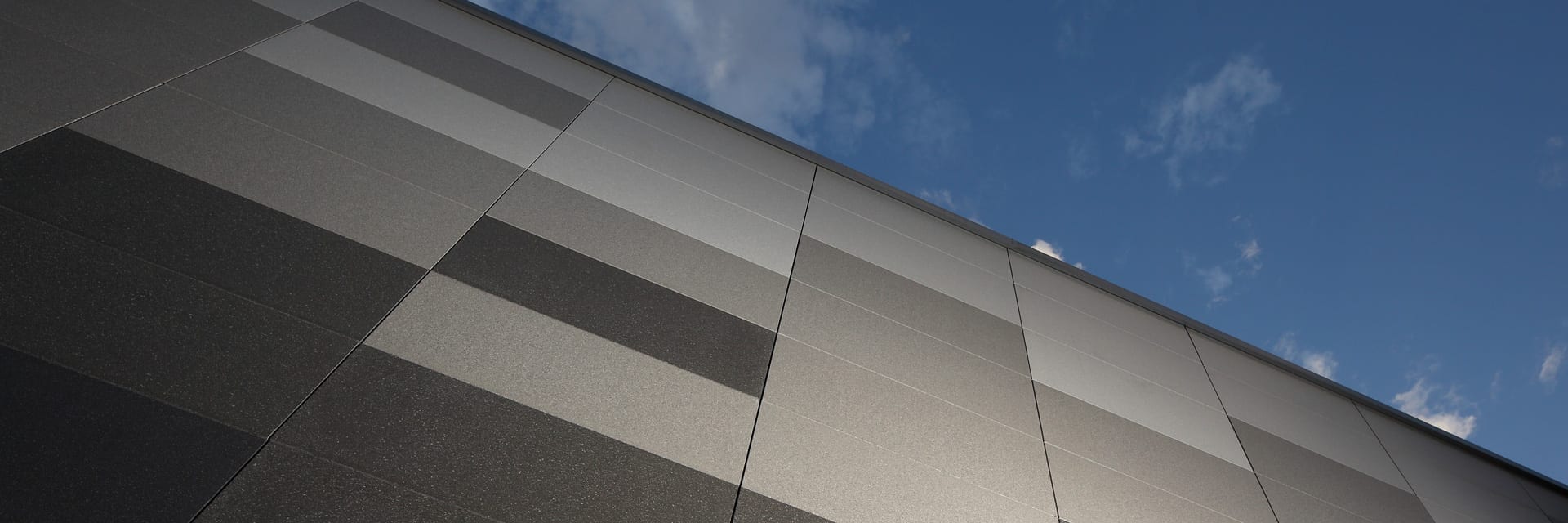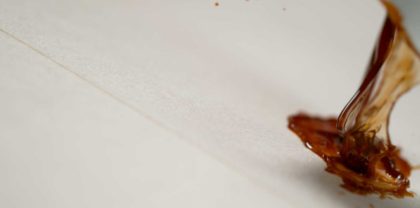Technical
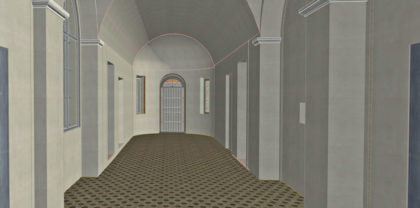
Ceramic tiles in the eBIM project
A new approach to materials in a BIM environment in two real-life building renovation case studies
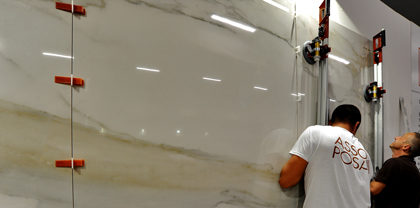
Italian ceramics: install your dreams
Confindustria Ceramica in collaboration with Assoposa has created a series of 5 short clips on large formats, which provide useful tips for safe installation.
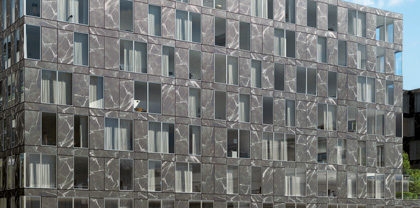
When the façade module meets porcelain
Design2Curtain is the new ceramic solution from Florim and Schüco Italia that goes beyond classic ventilated façades

What is BIM and how is it used?
Confindustria Ceramica has presented the disciplinary model for ceramic tiles developed during 18 months of work in collaboration with companies, designers and industry experts
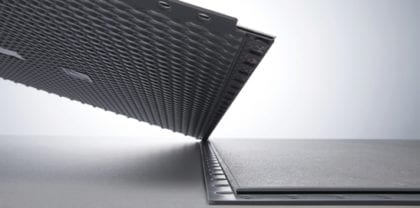
The opportunities and advantages of interlocking dry installation
With ArsRatio, Casalgrande Padana proposes a new solution for interior flooring that simplifies renovation work and integrates service utilities as part of a new home automation concept
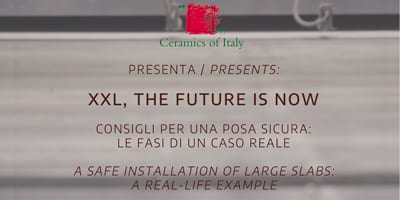
Installation of large ceramic slabs
Large-size tiles and slabs are becoming increasingly popular for both indoor and outdoor applications but must be installed by qualified professionals known as slab layers

Floor coverings and slip resistance
Materials must be chosen taking into account the place of installation, conditions of use, laws and applicable standards

Ventilated façades: the evolution of anchoring systems
The main solutions on the market. The watchwords are pre-assembly and simplified installation.
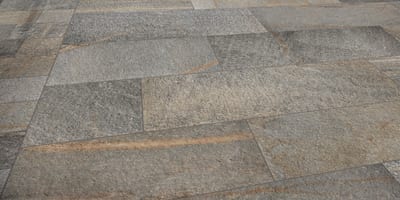
Changes in the appearance of ceramic tiling at the time of handover
The potential causes of surface deterioration in newly laid tiling
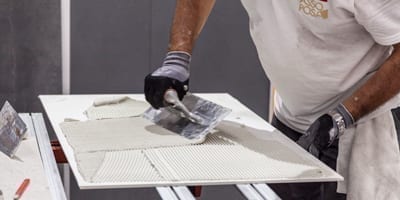
An Italian standard provides guidelines for proper tiling
Section 5 of the standard UNI 11493-1 relating to the design, installation and maintenance of ceramic tiling defines the quality criteria and requirements that must be met by correctly designed...

The technical criteria for choosing ceramic tiles
How to choose ceramic tiles with the right technical and performance characteristics according to the stresses they will be exposed to.

Ceramic tiling must withstand a variety of stresses
When choosing a ceramic tile for a specific application in a public or private space, the first step is to perform a detailed analysis of the conditions of use to determine the specific mechanical, chemical and hygrothermal stresses the tiling must be able to withstand

Innovative solutions for ceramic tiles in architecture
New-generation ceramic materials offer outstanding solutions to the widely varying needs of public sector applications and include innovative design solutions that can be customised according to specific aesthetic and functional criteria

From ordering to maintenance
A few useful tips for correctly ordering tiles, checking them on arrival, installing them and performing maintenance to ensure that they remain in perfect condition for many years
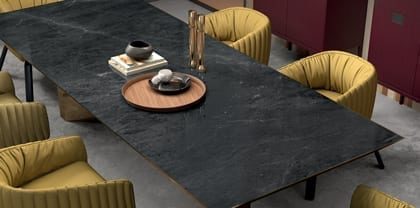
New uses for ceramic tiles in the home
The continuous development of ceramic tiles is opening up new potential for Italian-made products, which are increasingly being used for innovative applications in residential settings

Ceramic tiles and their place of use
After determining the stresses that a tiled surface will be exposed to and consequently the necessary technical and performance characteristics of the ceramic tiles, the next step is to choose suitable products according to aesthetic and compositional criteria of size, colour, surface finish and decoration.
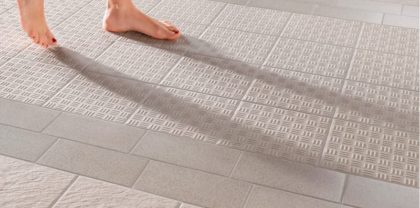
What are ceramic tiles?
Composition, raw materials, production processes and the main types of ceramic products currently available.
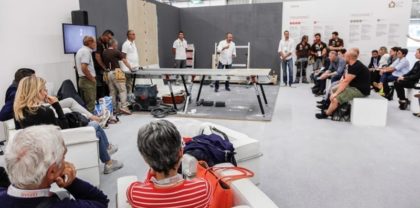
Tiling Town: events and training seminars on tile installation
During the five days of Cersaie 2018, the world of Italian and international tile laying converged on Tiling Town, the space devoted to tile installation located in the new Hall...

Improving living spaces with ceramic tiles
The right choice of finishing materials is vital for creating high-quality contemporary living spaces, an application in which Italian ceramic tiles can play a particularly important role.

A modern material for contemporary architecture
Ceramic has played an important role in the history of architecture and is a key component of contemporary projects, standing out for its intrinsic aesthetic and functional qualities and its unique ability to adapt to different design needs.
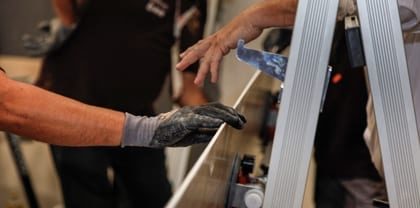
Designing and installing ceramic tiling
Like any good project, a successful tile installation not only requires the use of correctly-chosen high-quality materials but also relies on the work of an expert architect and tile layer

Ceramic for architectural envelopes
From traditional vertical façade cladding to the latest dry-mounted ventilated façade technologies, ceramic has demonstrated an exceptional ability to meet the needs of the world of architecture and construction.
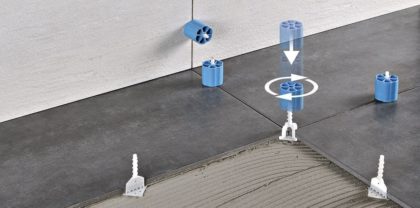
Proleveling System, leveling system by Progress Profiles
Thanks to Proleveling System, the revolutionary patented leveling system by Progress Profiles, floor laying is quick and easy. Proleveling System is based on a range of levelling bases of...
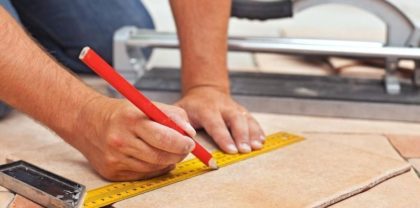
Installation requirements for a long-lasting tiled floor
Given the many different areas of application of ceramic tiling, it is crucial to perform a detailed analysis of the relevant installation requirements, including project data, specific aspects of the application context and the characteristics of the substrate layers.
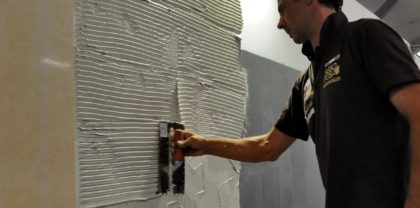
Choosing the right adhesive
When installing ceramic tile, the choice of the adhesive or mortar is crucial not just for perfect installation but also for the durability of the tiling. For this purpose, as...
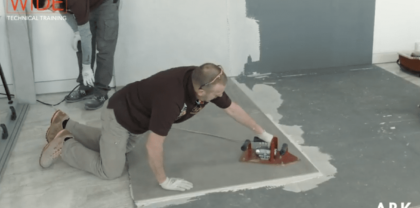
Installation of ABK Wide panels
One of the aims of ABK’s WIDE panel collection is to provide a hi-tech ceramic material that is easy to use and work with in many different contexts in terms...
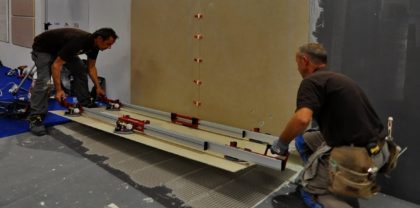
Seven rules for installing large-size ceramic tiles and panels
It is no exaggeration to say that installation contributes at least 51% to the success of floor or wall tiling.
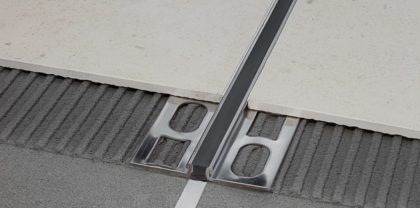
Ceramic tiling in accordance with standards: joints
Joints perform a very important function within ceramic tiled surfaces.
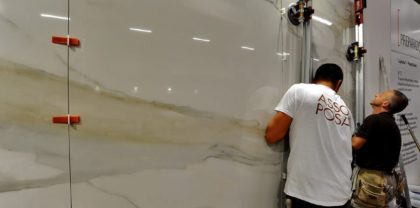
A single seamless surface
Large size panels produced using dedicated manufacturing technologies create seam-less, continuous surfaces. However the joints are vital for avoiding problems during the floor’s service life.

Ventilated façade anchoring systems
Considerations of an aesthetic, economic, energy and performance nature underpin the growing demand for installation of ventilated façades. Although a wide variety of materials can be used, Italian ceramic tiles are the ideal solution given their characteristics of flexibility, aesthetics, inertia, sustainability and durability.
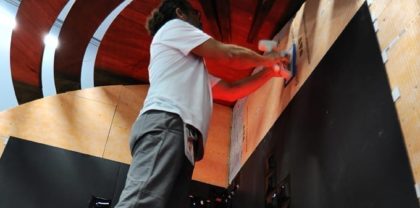
Tile laying – the various steps
The operation generically referred to as “ceramic tile laying” consists of a complex series of complementary activities: analysing the project and the substrate and planning the work; checking ambient conditions;
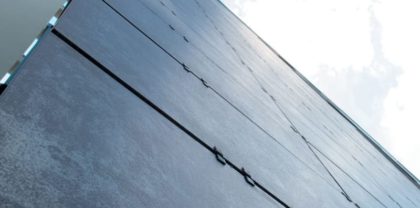
Designing ventilated façades in accordance with standards
From a regulatory standpoint, most of the requirements that must be followed when designing an effective, safe and long-lasting anchoring system are set out in the standard UNI EN 11018:2003 “Claddings and anchoring systems for mechanically assembled ventilated façades. Instructions for design, installation and maintenance”.
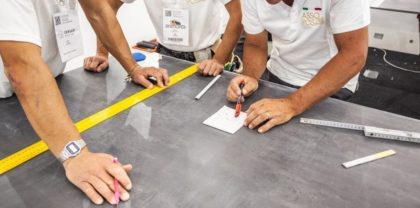
The intended uses of ceramic tiling
The vast numbers of installations successfully completed in residential, public and industrial spaces demonstrate that ceramic tiling is ideal for many different areas of use. To achieve the highest levels of quality, it is essential for tiling to be designed and executed in accordance with standards.


